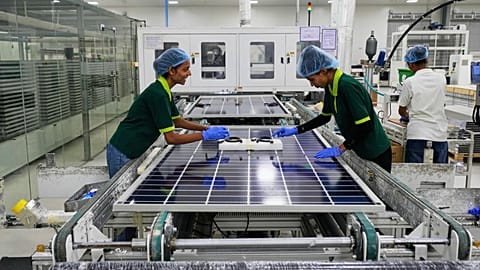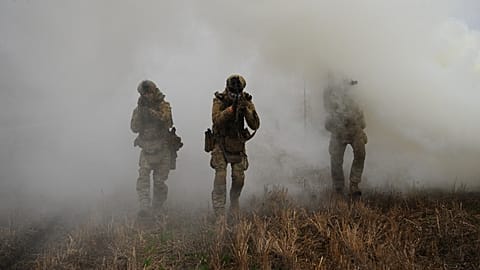The IEA warns of fragile grids, chokepoint minerals and a nuclear revival — while political will is the scarcest fuel.
There is a paradox at the heart of the current global energy landscape: despite global instability, oil prices remain subdued as supply continues to outstrip demand.
In its World Energy Outlook 2025, the IEA said energy sits at the centre of today’s geopolitical tensions.
Traditional threats to fuel supply are now compounded by restrictions, while electricity faces growing exposure to cyber, operational and weather-related risks.
The agency sketched out a complex backdrop in which countries are using different levers to achieve their priorities of energy security and affordability, with some shifting to renewables and others emphasising the importance of traditional fuel supplies.
Although the risks of climate change are going up, with 2024 the hottest year on record, there is less political will propelling national and international efforts at emission reduction.
Nuclear power is in fashion as never before as over 40 countries include nuclear energy in their strategies and implementing measures to develop new projects.
Investment has gone up in traditional large plants and in new designs such as small nuclear reactors.
“After more than two decades of stagnation, global nuclear power capacity is set to increase by at least one-third to 2035,” the IEA said.
Along with old risks in oil and gas security supply there are new vulnerabilities in other areas, especially critical mineral supply chains.
The greatest risk surrounding critical minerals lies in the high degree of market concentration.
One country dominates the refining of 19 out of 20 energy-related strategic minerals, holding an average market share of about 70%, the agency noted.
Critical minerals are indispensable not only to power grids, batteries, and electric vehicles (EVs), but also to AI chips, jet engines, defence systems and other strategic industries.
As of November, more than half of these key minerals are now subject to some form of export restriction.
But building more diverse and resilient supply chains for critical minerals will require coordinated policy action, as market forces on their own won’t be enough, the IEA warned.
In a world beset by natural threats and bad actors alike there is also an urgent need to strengthen resilience against growing weather-related threats, cyberattacks, and other malicious activities targeting critical infrastructure.
According to the IEA, recent annual disruptions to critical energy systems have affected the supply of energy to more than 200 million households worldwide.
Droughts are reducing output from hydropower and some thermal generators, while storms, floods, and wildfires are forcing shutdowns and damaging facilities ranging from solar plants to offshore oil and gas platforms.
Power lines remain especially exposed with transmission and distribution grids affected in approximately 85% of incidents. Weather-related risks are projected to increase across all scenarios, each of which exceeds 1.5C of warming on a recurring basis by around 2030, with pathways diverging only after 2035.
The agency concluded that “urgent energy security challenges are front and centre for today’s energy policy makers, requiring the same spirit and focus that governments showed when they created the IEA after the 1973 oil shock.”
Political will is vital to addressing today’s energy challenges, yet that might be the resource that is most scarce of all. A decade after the Paris Agreement was signed, some formal national commitments have weakened, and the United States has withdrawn from the agreement.


















